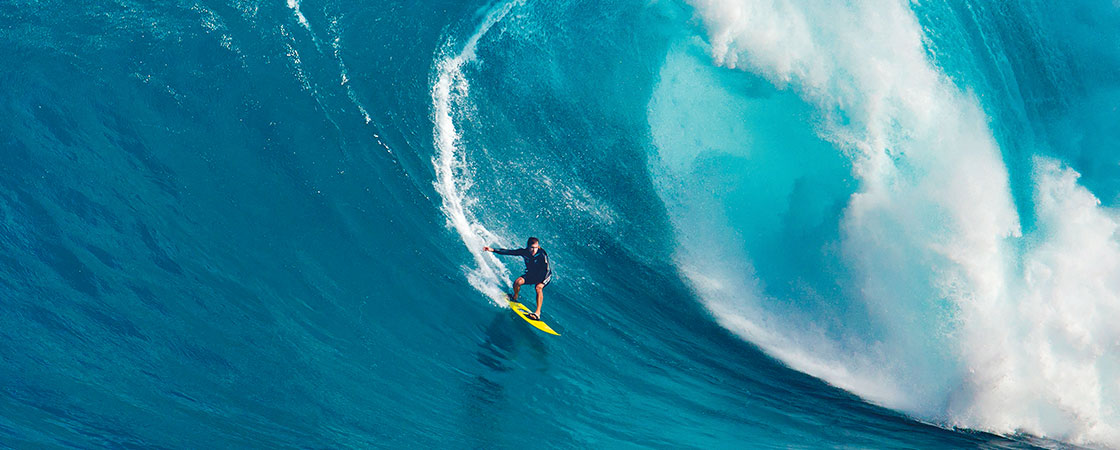Roar! The sound of the raging water pounds your ears. Splash! Salty water soaks your hair, stings your eyes, and drips down your face.
A deadly 90-foot wave is forming— and you’re going to surf it. If you do, you’ll break the world record for the largest wave ever surfed. You take a deep breath. Then you prepare to ride the biggest wave in surfing history.
Roar! The sound of the water pounds your ears. Splash! Salty water soaks your hair. It stings your eyes and drips down your face.
A deadly 90-foot wave is forming. And you’re going to surf it. If you do, you’ll break the world record for the largest wave ever surfed. You take a deep breath. Then you get ready to surf the biggest wave in surfing history.

